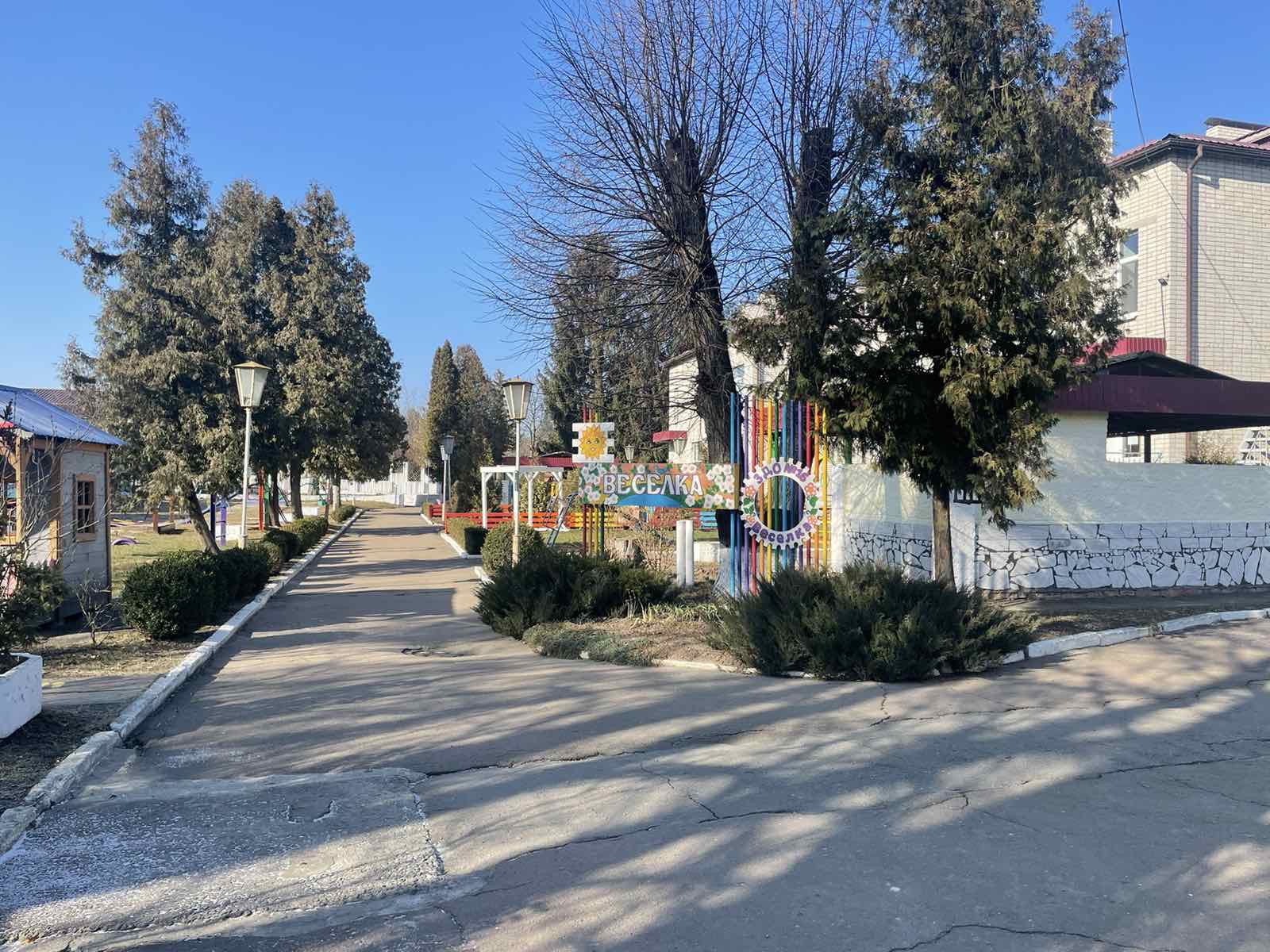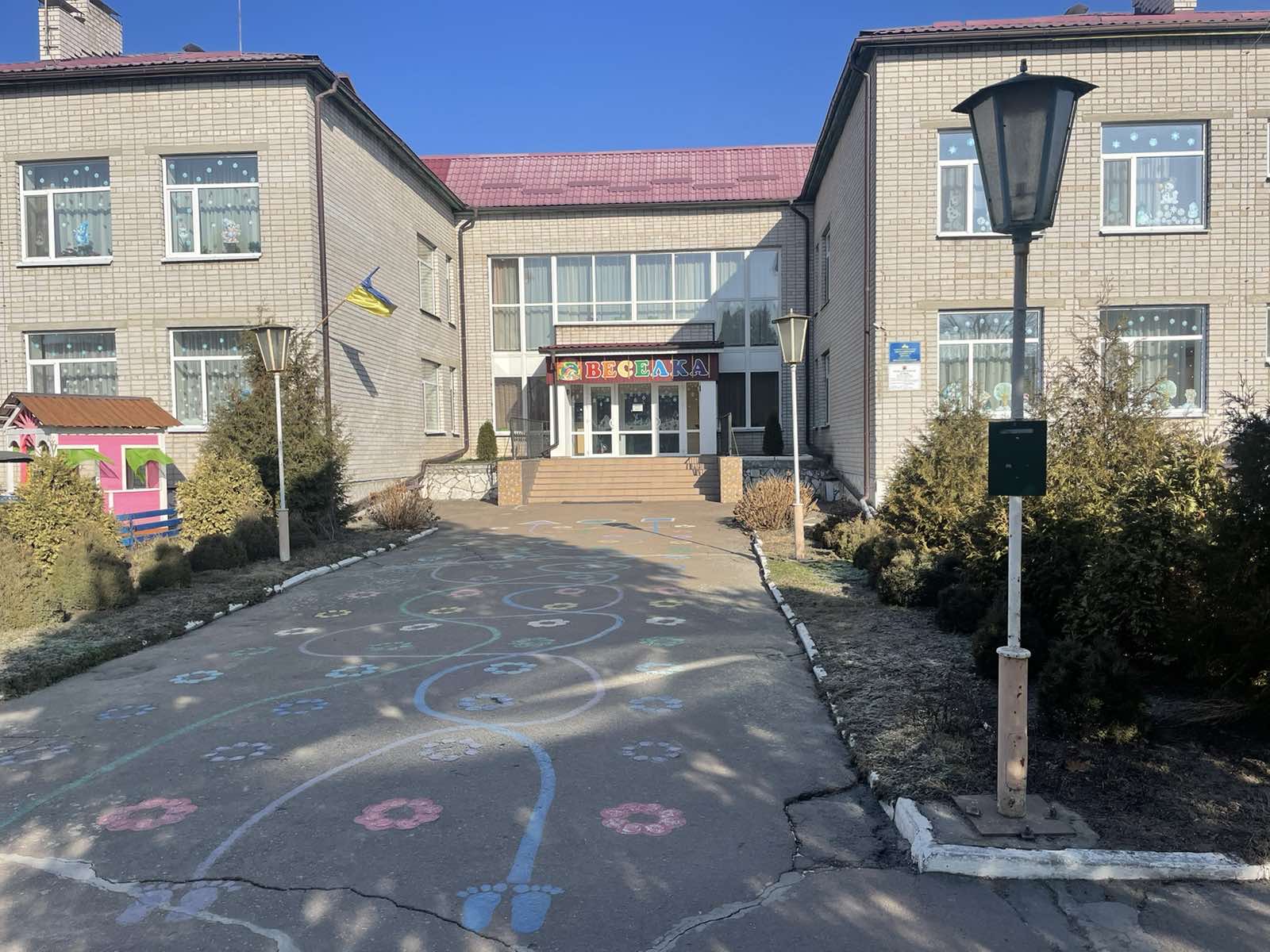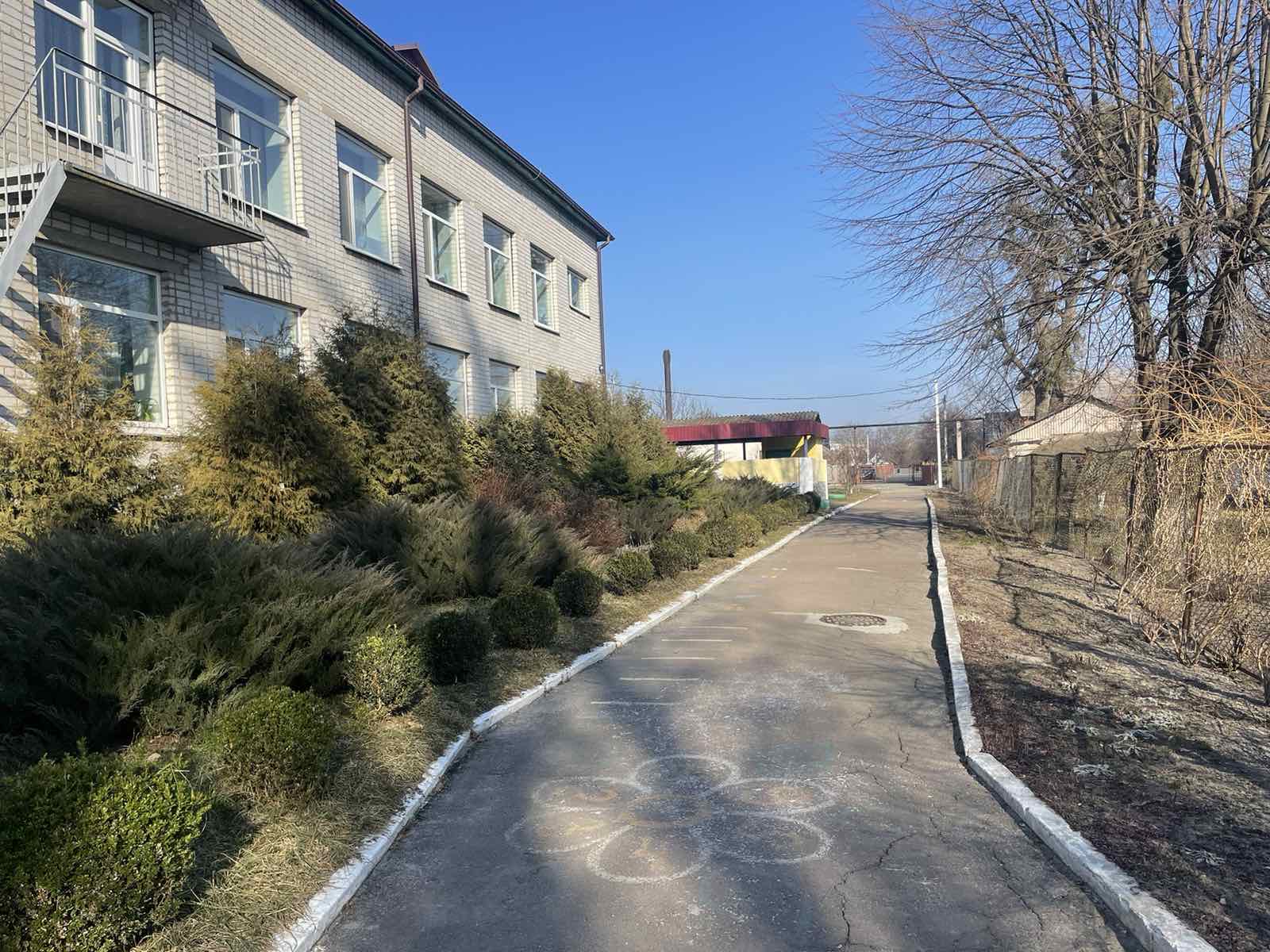Reconnecting with nature
«Solar future for the little ones»
Solar Future for the Youngest: Energy Independence and Interactive Learning through Renewable Energy
The project aims to engage children in learning about renewable energy sources by creating an educational and information space for them with interactive examples of renewable energy use, as well as to reduce dependence on traditional energy sources in the Veselka kindergarten №16 in Zviahel.
Ukraine
Local
Zviahel city territorial community
Mainly urban
It refers to a physical transformation of the built environment (hard investment)
Early concept
No
No
As an individual
Overall objective: The project aims to raise awareness of renewable energy sources among children by creating an interactive learning space where they can explore renewable energy sources and environmental technologies. It will help to increase energy independence, provide autonomous lighting for the territory and raise environmental awareness among the younger generation.
Target groups: 251 children attending the kindergarten, including children with tuberculosis and speech disorders (94 girls and 123 boys)
70 educators of the institution
Approximately 1000 residents of the Zviahel community
Objectives:
- To raise environmental awareness among children by installing a battery charging station that will help teach children to use resources rationally.
- Creating an educational space by installing an interactive area using renewable energy sources (a mini-windmill to demonstrate energy generation, a bicycle generator - children will be able to generate electricity on their own, a portable mini-station for charging educational electronic games (smart tablet in Ukrainian, camera with instant printing, electronic logic games, interactive educational toys, music panels, magnetic fishing, etc.)
- Increasing energy independence by installing a hybrid solar power plant (SPP) with a storage device.
- Ensuring a safe environment by installing autonomous solar poles to illuminate the kindergarten territory.
Expected results:
- Children's interest in the use of renewable energy sources increased through interactive games.
- Reduced electricity consumption due to the use of RES
- Promoted an environmentally friendly lifestyle among children and the community
- Improved educational environment through autonomous lighting of the territory
Target groups: 251 children attending the kindergarten, including children with tuberculosis and speech disorders (94 girls and 123 boys)
70 educators of the institution
Approximately 1000 residents of the Zviahel community
Objectives:
- To raise environmental awareness among children by installing a battery charging station that will help teach children to use resources rationally.
- Creating an educational space by installing an interactive area using renewable energy sources (a mini-windmill to demonstrate energy generation, a bicycle generator - children will be able to generate electricity on their own, a portable mini-station for charging educational electronic games (smart tablet in Ukrainian, camera with instant printing, electronic logic games, interactive educational toys, music panels, magnetic fishing, etc.)
- Increasing energy independence by installing a hybrid solar power plant (SPP) with a storage device.
- Ensuring a safe environment by installing autonomous solar poles to illuminate the kindergarten territory.
Expected results:
- Children's interest in the use of renewable energy sources increased through interactive games.
- Reduced electricity consumption due to the use of RES
- Promoted an environmentally friendly lifestyle among children and the community
- Improved educational environment through autonomous lighting of the territory
Implementation of renewable energy sources
Ensuring a safe environment
Renewable energy training space
Formation of environmental awareness in children
Increasing interest in RES among children
The project ‘Solar Future for the Youngest: Energy Independence and Interactive Learning through Renewable Energy’ is aimed at sustainable community development through the introduction of renewable energy sources. The installation of a hybrid solar power plant with a storage device and autonomous lighting of the territory will help reduce the consumption of conventional electricity. The project also has an educational component: installation of a mini-windmill, mini-renewable energy stations, a solar fountain, solar benches, a bicycle generator, and a learning space with interactive educational games to help children learn the principles of renewable energy. The information campaign will help to raise environmental awareness among children, parents and the community. Thanks to its comprehensive approach, the project will become a model for other educational institutions and communities, demonstrating how to combine renewable energy technologies and modern environmental education.
The Solar Future for the Youngest project combines aesthetics, functionality and environmental education to create a comfortable and innovative space for children and the community. The modern design of the solar lights and mini-renewable energy stations blends seamlessly into the landscape, improving the aesthetic appeal of the area. An interactive space with a solar fountain, a bicycle generator and educational games creates an exciting experience for children, stimulating their curiosity through interaction with renewable energy sources. The cultural component is manifested in the introduction of educational games in Ukrainian, which supports the development of the native language and the intellectual enrichment of children. The project is exemplary as it demonstrates how aesthetics, sustainability and learning can be harmoniously combined through good design and technology integration, creating an inspiring space for future generations.
The project ‘Sunny Future for the Littlest’ aims to create a space accessible to all children, regardless of their physical abilities or social status. The territory is equipped with a barrier-free environment: wide paths and adapted learning areas. Autonomous lighting improves safety at night and in the dark season, while solar benches and a solar fountain create a comfortable environment for all visitors. The bicycle generator and interactive educational games are designed with ‘design for all’ principles in mind, enabling children with different needs to interact with renewable energy technologies. The project is exemplary as it demonstrates how modern design, sustainability and accessibility can be combined to create a space where every child feels comfortable, safe and engaged in learning and play.
The Solar Future for the Little Ones project was implemented with the active participation of the community. Parents and teachers expressed interest in the arrangement of the space and developed the project concept. As a result, solar lanterns, a solar fountain, solar benches, a charging station for electric games, and a bicycle generator were added. The local authorities promoted the integration of renewable energy and provided support for the installation of the SPP. Joint decision-making made the project as useful and exemplary as possible for the sustainable development of the community.
At the local level, the Solar Future for the Little Ones project was supported by the Zviahel City Council. Parents and educators initiated the project by expressing their needs for safety, energy efficiency, and learning space. The city authorities helped to integrate RES education activities and provided co-financing and organisational support, making the project as useful as possible for the community.
The Solar Future for the Little Ones project combined energy management, pedagogy, and public participation. Energy managers studied and developed renewable energy solutions, educators, together with parents and energy managers, developed eco-programmes, and local authorities supported the project. This cooperation ensured an effective, modern and sustainable project.
The Solar Future for the Little Ones project is innovative in its combination of renewable energy and interactive education. It not only provides energy independence but also teaches children through solar panels, a bicycle generator and interactive stations. The space is adapted for everyone, and the community is actively involved. This is a new approach to creating an environmentally friendly and educational environment.
The Solar Future for the Youngest project can take an innovative and integrative approach to developing environmental awareness among children. It is based on an emphasis on educating future generations through interactive learning about renewable energy sources, including solar energy. The project involves workshops and practical classes for children to help them understand the importance of preserving the environment and find new ways to use solar energy in their everyday lives. The main approach is an activity-based method where children are actively involved in research and experiments.
The Solar Future for the Youngest project includes a methodology for interactive learning about renewable energy sources and the use of solar panels for practical experiments.
The Solar Future for the Youngest project aims to address global challenges such as climate change, depletion of natural resources and lack of environmental awareness among young people. It offers local solutions by educating children, promoting renewable energy sources, including solar energy, and educating the younger generation about environmental responsibility. This allows children to develop a conscious approach to the use of natural resources, which further helps to reduce the ecological footprint at the local level and has a positive impact on global processes.
After submitting an application, the Solar Future for the Youngest project includes the following steps: during the first 3 months, donors and partners will be sought to finance the project; from the 4th to the 11th month, the main works will be carried out, including the installation and connection of a solar power plant, autonomous lighting, the purchase of the necessary games and charging stations, and the arrangement of an interactive corner with a demonstration of renewable energy sources; in the 11th-12th month, reporting to donors and partners on the results achieved and adjusting further steps based on the data obtained.



